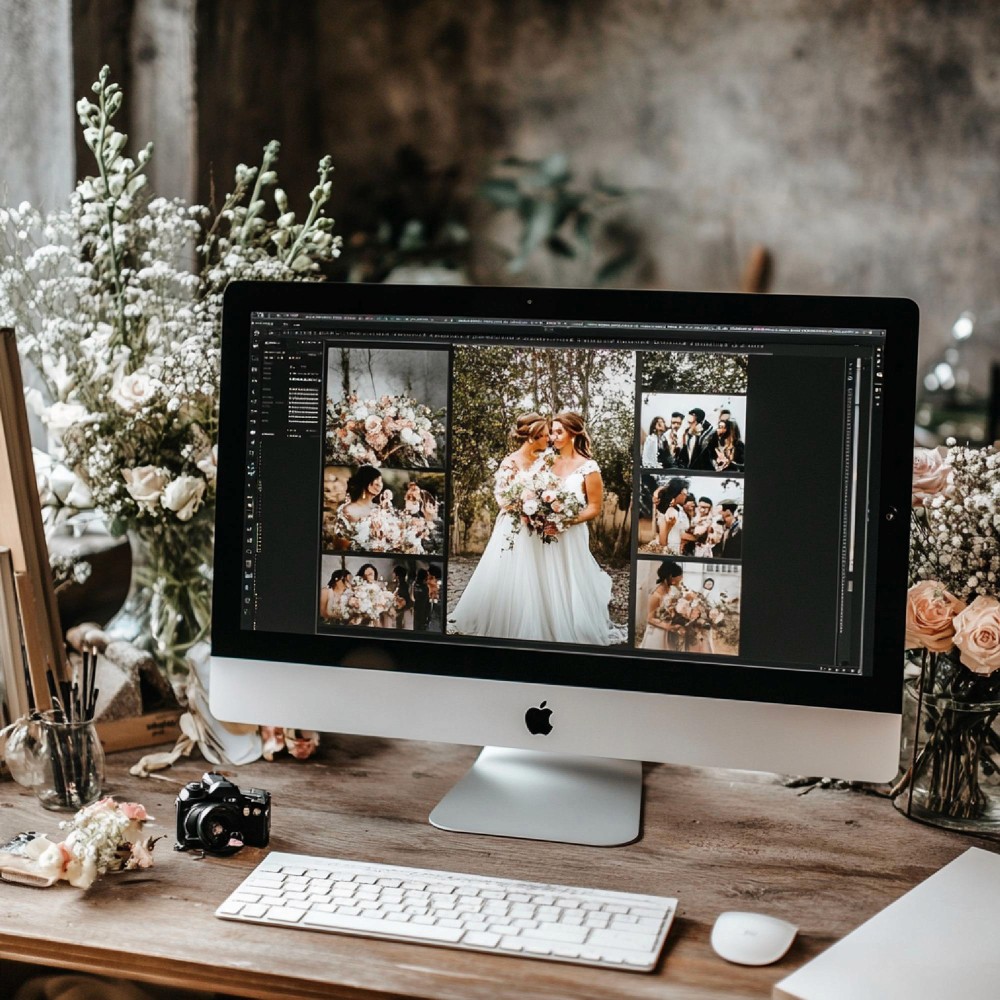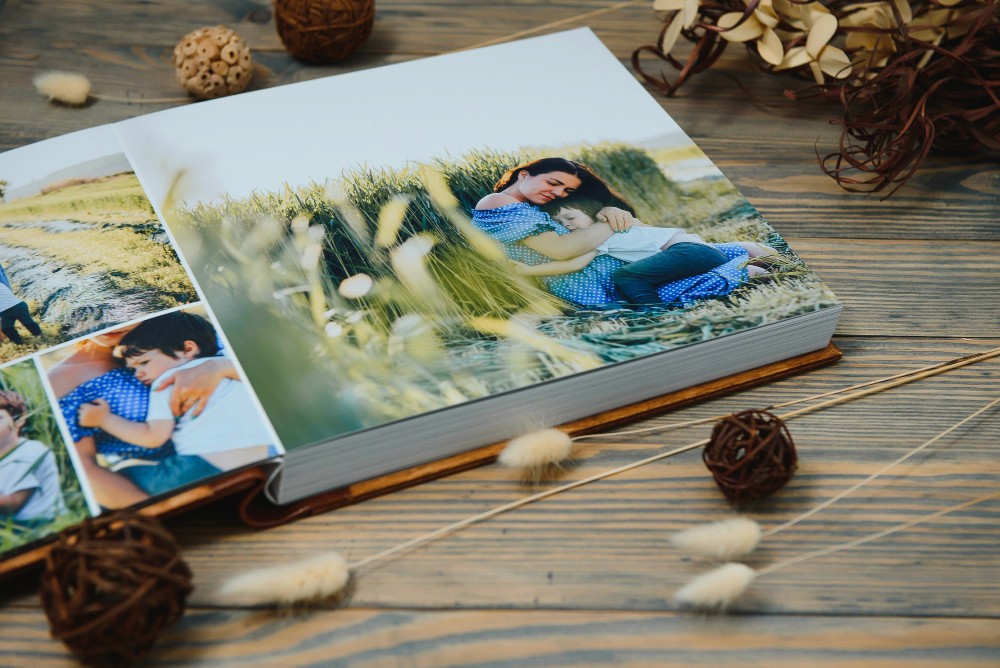How to Choose the Right Website Builder for Your Photography Business
September 3, 2025
How to Choose the Right Website Builder for Your Photography Business
Your website is more than just an online portfolio—it's your most powerful marketing tool. It showcases your work, tells your story, captures leads, and helps convert visitors into paying clients.
But with so many website builders on the market, how do you know which one is right for your photography business?
In this guide, we’ll walk you through everything you need to know to make an informed decision, including:
The essential features photographers should look for
How your niche impacts your website needs
Tips for SEO, image loading, and client experience
A step-by-step approach to choosing the best platform

Why Your Website Choice Matters
Whether you’re a wedding photographer, portrait artist, or commercial creative, your website needs to:
Make a strong first impression
Showcase your portfolio in high quality
Load quickly and work beautifully on all devices
Help you get discovered on search engines
Make it easy for clients to contact or book you
Choosing the wrong builder can limit your creativity, slow your workflow, and even cost you clients. The right one supports your growth.
Key Features to Look For in a Photography Website Builder
Here are the must-have features photographers should look for:
1. Stunning, Visual-Focused Templates
Your site should highlight your work—not compete with it. Look for clean, full-screen designs, customizable galleries, and minimal distractions.
2. Mobile Optimization
Over half of visitors will view your site on a phone. Choose a builder that ensures your photos and layouts look just as great on mobile.
3. Fast Image Loading
Photography sites are image-heavy. Look for automatic compression, lazy loading, and responsive image scaling to avoid slow load times.
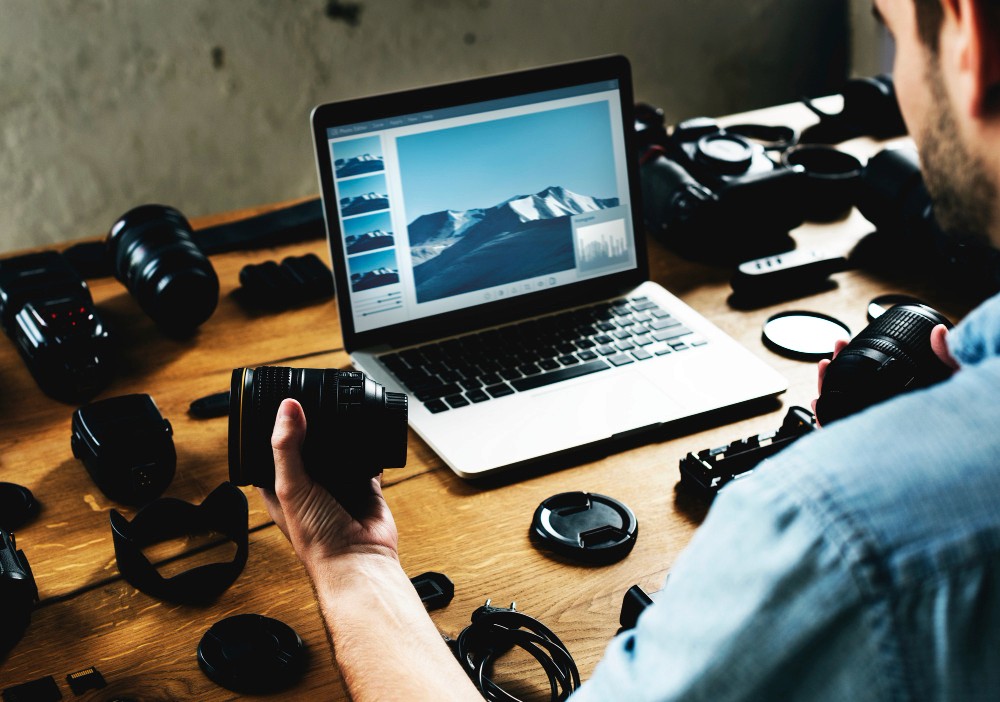
4. SEO Tools
To get found online, your website builder should allow you to customize:
Page titles and meta descriptions
Image alt text
Clean, keyword-rich URLs
Site maps and integrations with search tools
5. Custom Domains and Branding
Use your own domain name and tailor the fonts, colors, and styles to match your brand.
6. Integrated Contact Forms
Make it easy for potential clients to reach out with simple, mobile-friendly forms.
7. Portfolio and Gallery Options
You should be able to organize and display your work with:
Grid layouts
Sliders or carousels
Lightbox galleries
Video and audio support (if needed)
8. Blogging Capabilities
A built-in blog helps improve your SEO, share behind-the-scenes content, and position you as a professional.
9. Optional Booking or Store Integration
For photographers who want to sell prints, offer digital downloads, or allow online booking, integration with e-commerce or scheduling tools is essential.
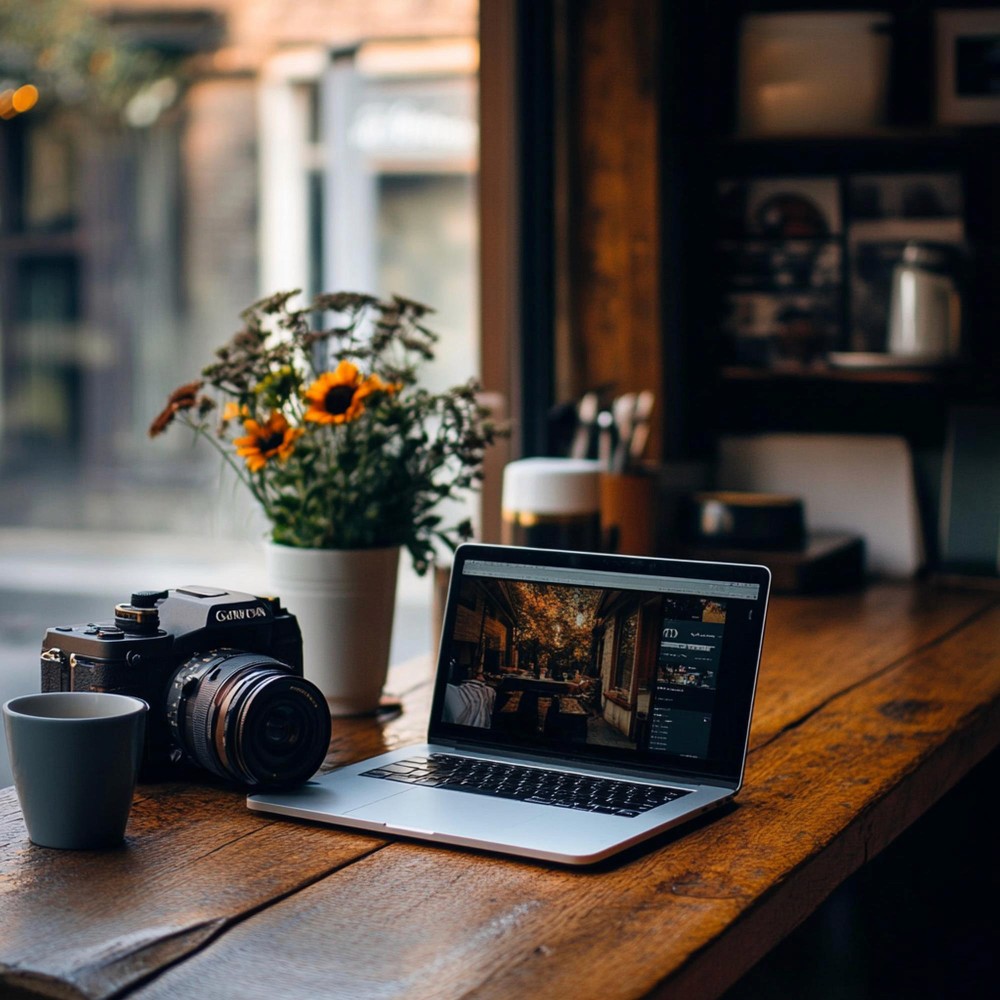
How to Match the Right Builder to Your Photography Niche
Different photography styles call for different website features. Here’s how to match your platform to your niche:
1.Wedding & Event Photographers
Elegant, romantic design options
Smooth galleries to tell visual stories
Integration with forms for inquiries and bookings
Testimonials or reviews section
2.Family & Portrait Photographers
Easy navigation for showcasing packages
Mobile-optimized galleries for sharing
Online proofing or favorite selection features
3.Commercial & Branding Photographers
Professional, minimal layouts
Ability to highlight projects or case studies
Private client pages or delivery portals
4.Fine Art or Editorial Photographers
Creative freedom with layout and typography
Fullscreen displays for visual storytelling
E-commerce support for selling prints or downloads
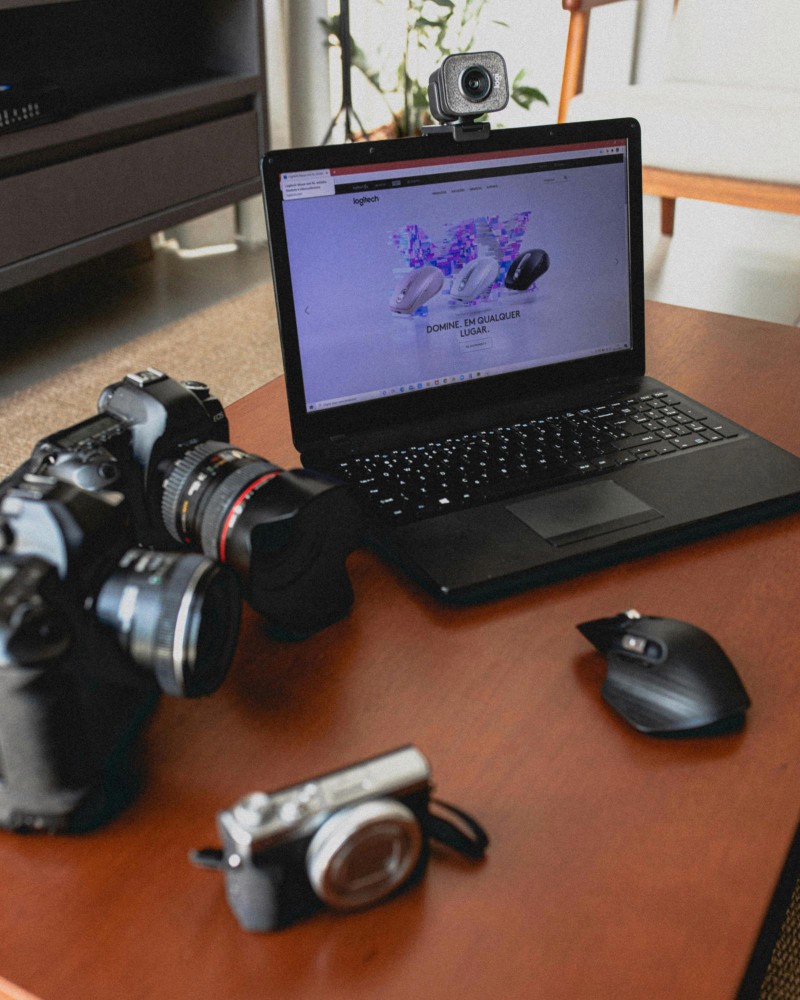
Questions to Ask Before You Decide
Ask yourself the following before committing to a platform:
Do I need control over every design detail, or do I prefer ease-of-use?
Am I comfortable with a little tech setup, or do I need a fully guided platform?
Do I want to sell products, offer booking, or deliver client work through my site?
Will the platform grow with me as I scale my business?
Your answers will help you narrow your options and choose confidently.
Website Optimization Tips for Photographers
No matter which builder you choose, make sure your site is optimized for both clients and search engines:
✔️ Compress Images
Use high-quality JPEGs that are web-optimized. Too-large files slow down your site and hurt SEO.
✔️ Use Keyword-Rich Titles & Descriptions
Include your city and genre (e.g., “Los Angeles Portrait Photographer”) in page titles, meta descriptions, and H1 tags.
✔️ Write Alt Text for Every Image
Describe each photo to improve SEO and accessibility.
✔️ Link to Social Media
Connect your Instagram, Pinterest, or YouTube to build trust and drive more traffic.
✔️ Create a Google Business Profile
Link your site to your business profile so you show up in local searches and Google Maps.

Final Thoughts
Your website is often your first (and most lasting) impression. Choosing the right website builder can mean the difference between a site that simply looks good—and one that actively brings in clients.
Focus on:
Clean, visual-first design
Fast performance
SEO capabilities
Mobile optimization
Tools that support your business workflow
A strong photography website should showcase your talent and help you get booked.
